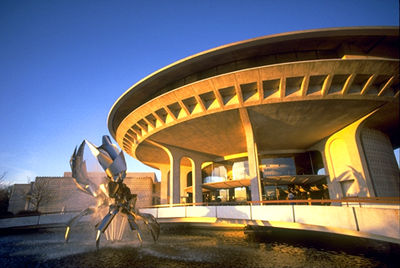Article
Jonquière
As the industrial axis of the region, its history is closely tied to the history of major corporations, specifically to that of the Price Company Ltd (now Abitibi-Price Inc) and Alcan. An agricultural parish founded in 1847, Jonquière began developing after 1893 when the railway arrived.








